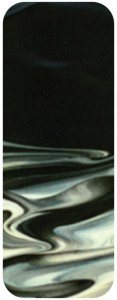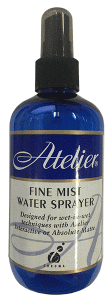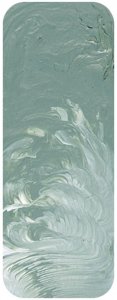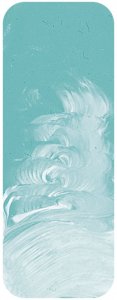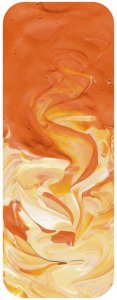Description
"Cobalt Blue usage dates back more than 3,000 years for the colouring of blue glass but the source of the colour was not understood and so its use tended to be sporadic and accidental. It occurs in association with copper and nickel ores and wherever it occurs arsenic is always present. Miners thought were attempting to extract the copper and when cobalt was present and the ore smelted arsenic oxide would be produced thus the cobalt component was regarded as evil and it gained the name kobold which means ??goblin?? and the modern name descends from this miners curse word.
During the Middle Ages when Egyptian blue ceased production and the manufacturing methods had been forgotten, alchemists developed the pigment called Smalt which was superficially similar to Egyptian Blue in that it was a dark blue glass that was ground up. Part of the difference lay in the fact that the Egyptian blue was a copper based colour and Smalt was cobalt based. Despite the great qualities of Cobalt Blue pigment, Smalt was a poor colour, weak and gritty and lacked the intensity of the blue of the ancient Egyptian blue. Its only virtue was that it was better than nothing and was much cheaper than Ultramarine Blue.
Cobalt was finally identified as a new element in 1755 by a Swedish chemist Georg Brandt who was trying to solve the kobold problem. He was able to show that the blue colour came from the cobalt and not from the bismuth impurities or from the copper. From that point pigment development was rapid with cobalt green being discovered first and then Cobalt Blue being developed in 1802 by Louis Jacques Th??nard in France with the first use in artists paint in 1807. During the first decades it was called Th??nard???s blue and the first recorded use of the name Cobalt Blue was not until 1777. While Smalt was made from cobalt it had many faults where as the real Cobalt Blue pigment had no faults as far as anyone could tell and it quickly became an artist???s favourite.
Cobalt Blue is among the top few colours in regards to permanence. It is more stable than Ultramarine Blue and can be expected to show little or no fading for hundreds of years. Its stability applies to the metal as well as the colour which has meant that since the mid 20th century artists have had to compete with other industries for cobalt supplies forcing the price up. It is used in the turbine blades of jet engines because of its heat resistance, in medical implants because of its resistance to corrosion and similar reasons have lead to its important role in lithium batteries.
Cobalt Blue is a cool blue able to function as the only blue in the artists paint box if need be. It is more opaque than Ultramarine which gives it excellent covering power. Its bright colour is a good workhorse for making a wide range of blue, green, and violet colours. For the landscape artist it is generally a better blue for making sky colours than Ultramarine Blue. Try mixing it with Australian Sky Blue to get the deep intense sky colours of mid summer. Mixed with Cerulean Blue as well as the Australian Sky Blue gives slightly greener blues that are more characteristic of winter or coastal sky. Mixed with Australian Ghost Gum gives the softer, more subdued blues suitable for everything from smoke from campfire to misty mornings.
Cobalt Blue makes a more useful range of greens than is possible with other blues on the palette. They are cleaner greens than can be made with Ultramarine Blue but sufficiently olive types of green to work well in any landscape. They range from the darker olives made by mixing Cobalt with Iso Yellow or with Transparent Yellow Oxide to the beautiful mid leaf green colours made with Aureolin or Cadmium Medium, to the lighter sap greens and grass greens made by mixing Cobalt Blue with Cadmium Yellow Light.
Cobalt Blue is not so reddish as Ultramarine Blue, but it is sufficiently red to make exquisite violet colours. Mix it wi

